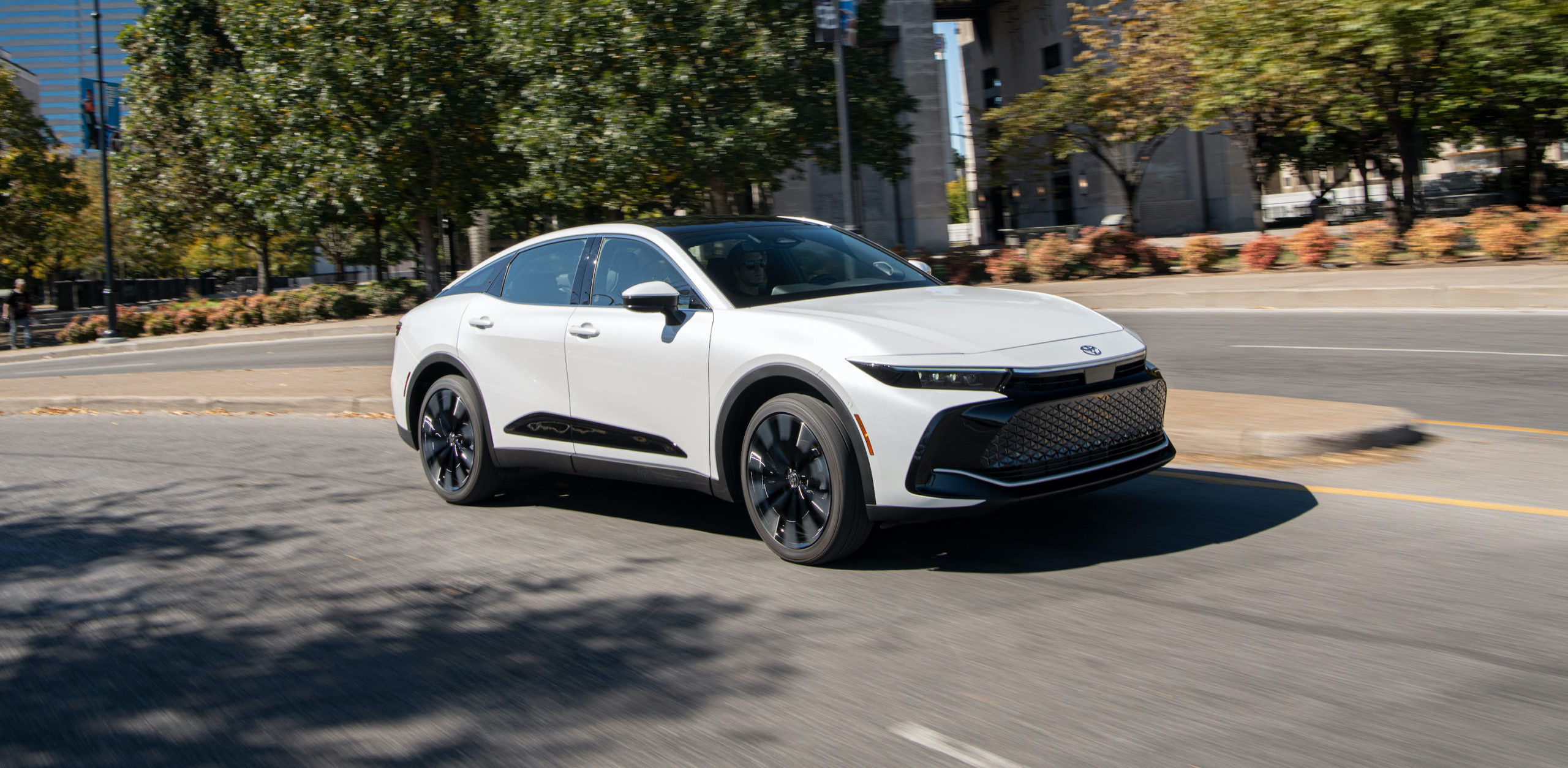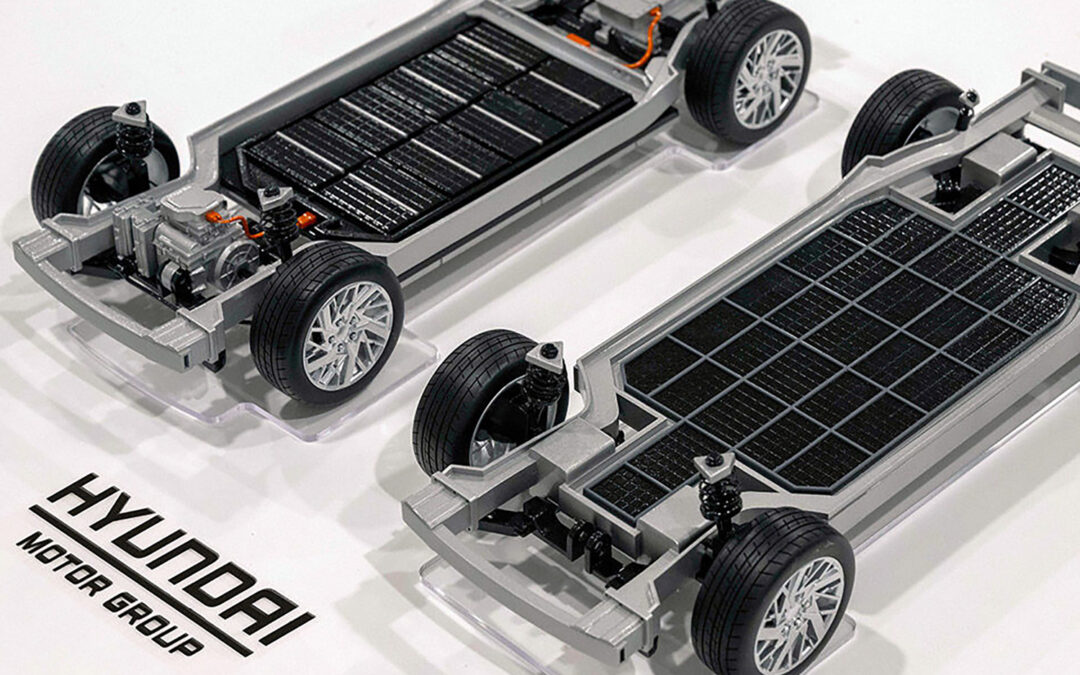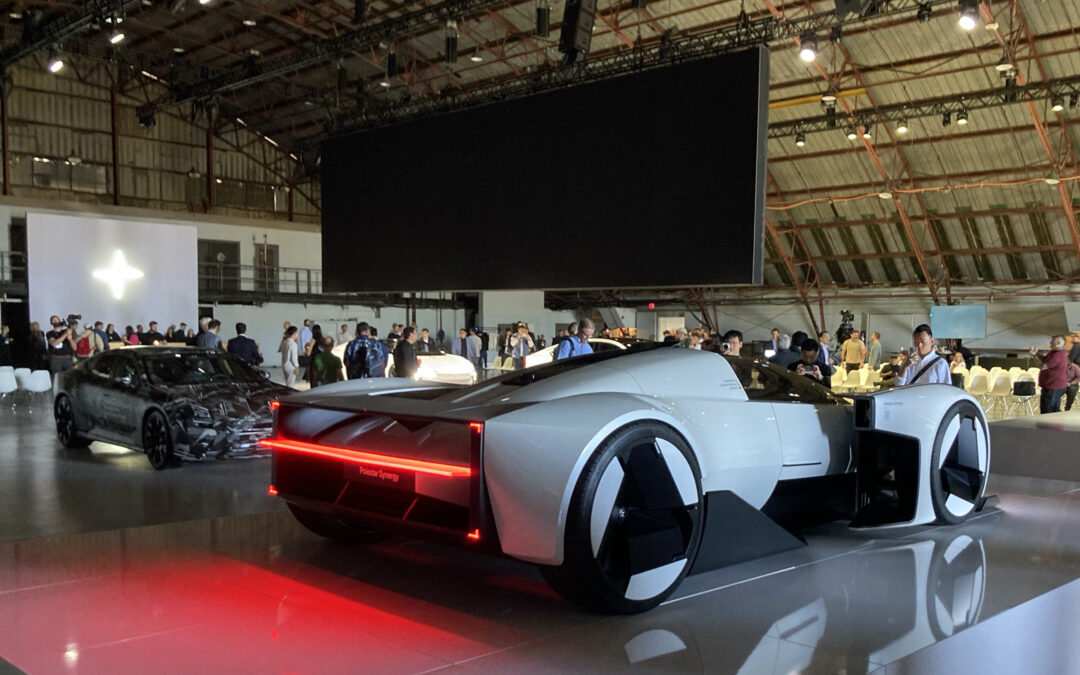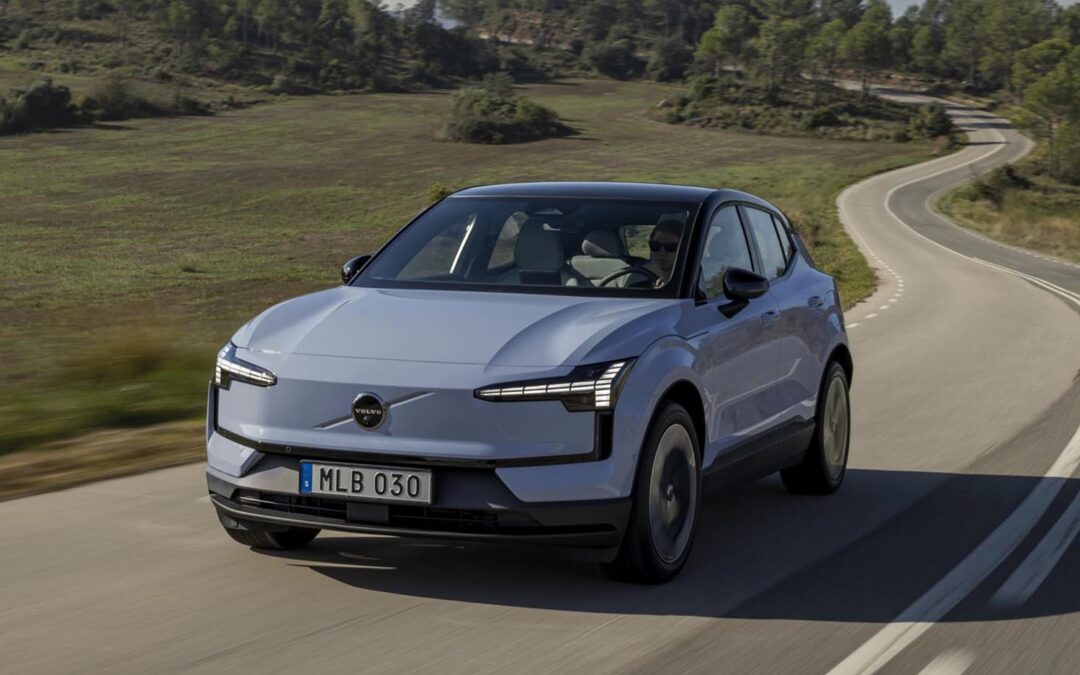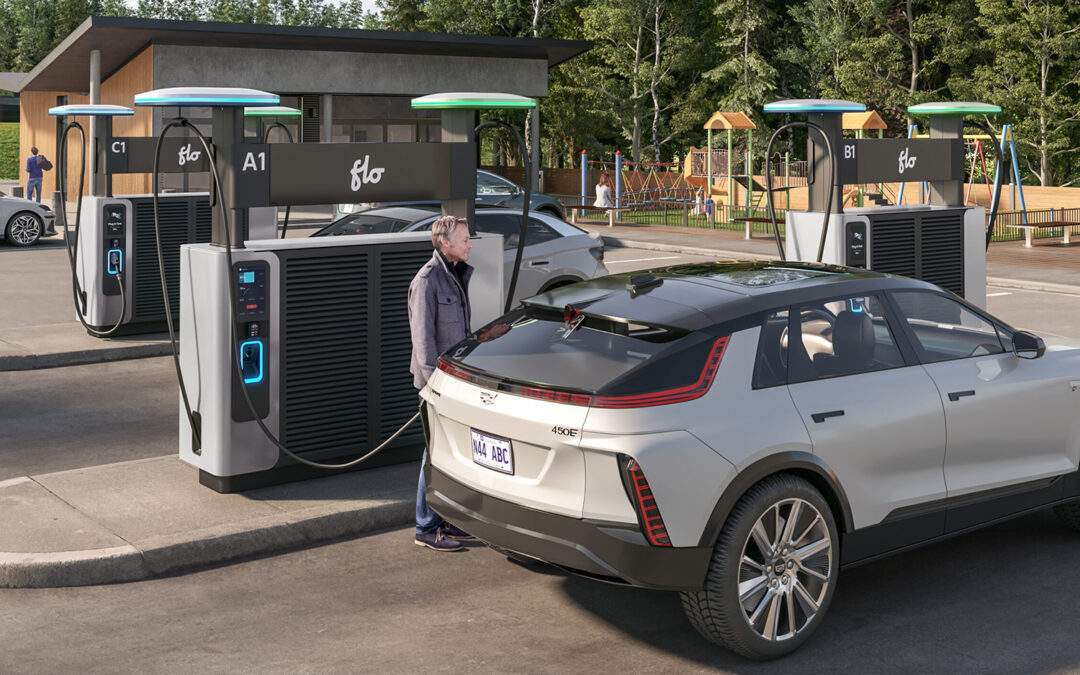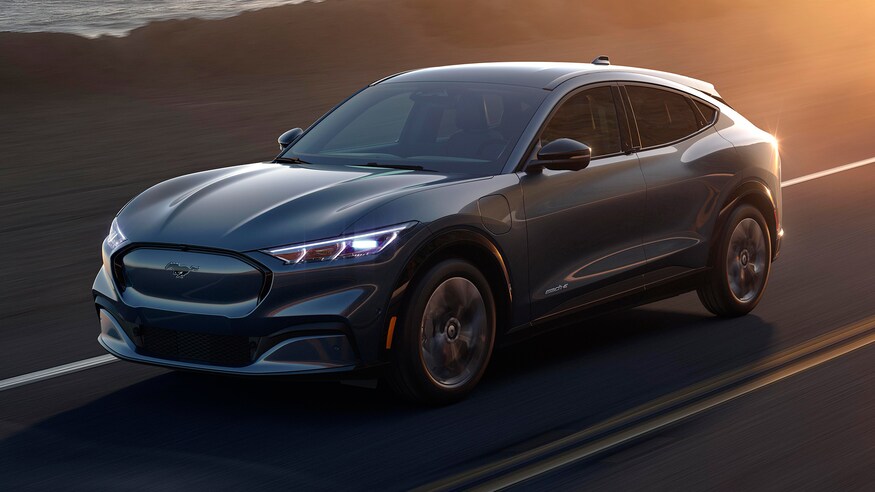It’s been Toyota’s flagship for 67 years, and hasn’t been available in Canada for 57 of them.
It’s the Toyota Crown, last sold in these parts in 1965 and set to return at the start of 2023, when it reappears here as a hybrid, with all-wheel drive to boot.
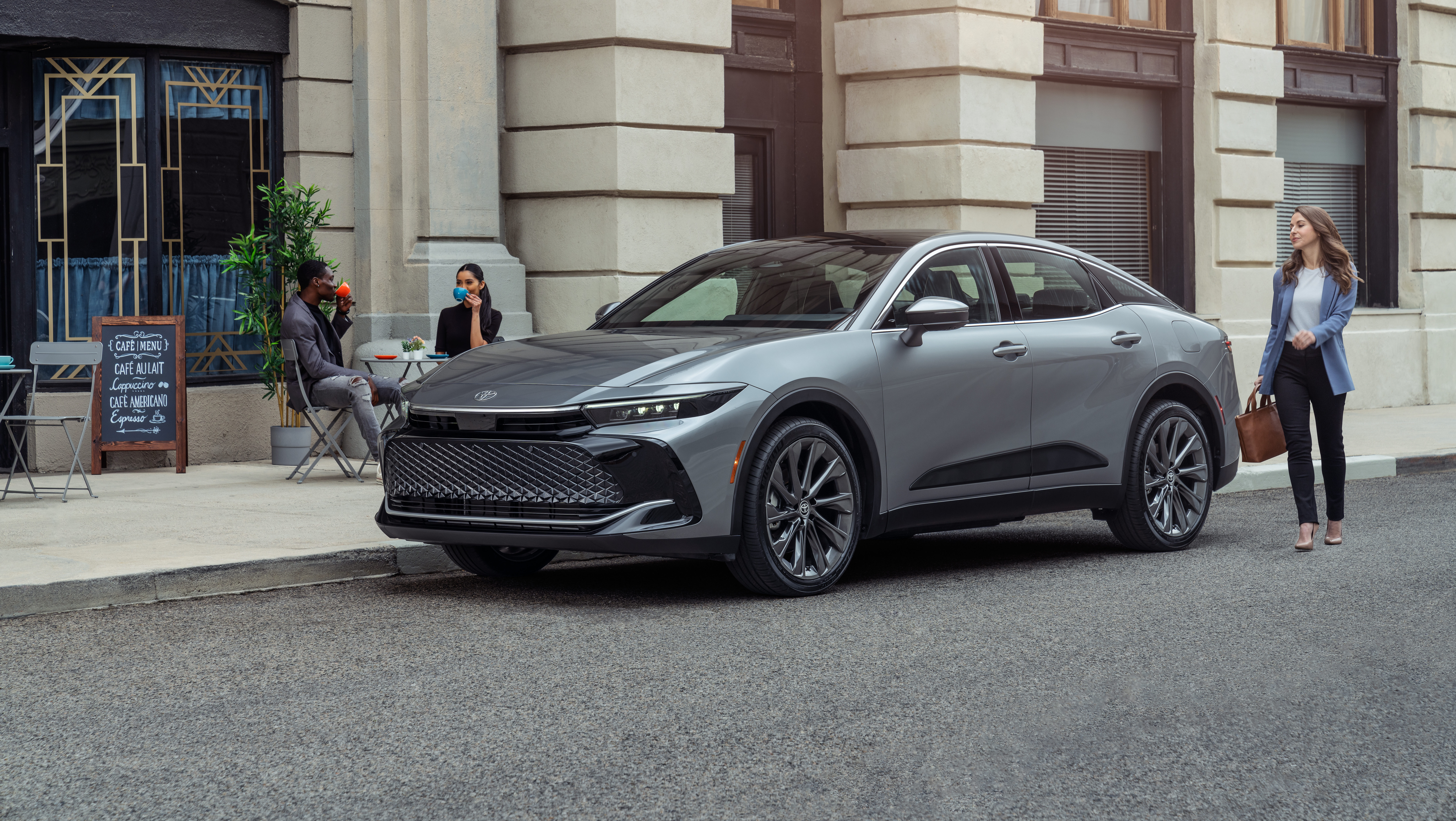
2023 Toyota Crown
The Crown first launched in 1955, carrying the Toyopet brand name. It quickly gained prominence in the Japanese market, becoming the vehicle of choice for government officials and other dignitaries.
Its influence is seen throughout the Toyota lineup: the name Camry is derived from the Japanese kanmuri, or crown, the defunct Corona is named after the Latin word for crown and Corolla is Latin for little crown.
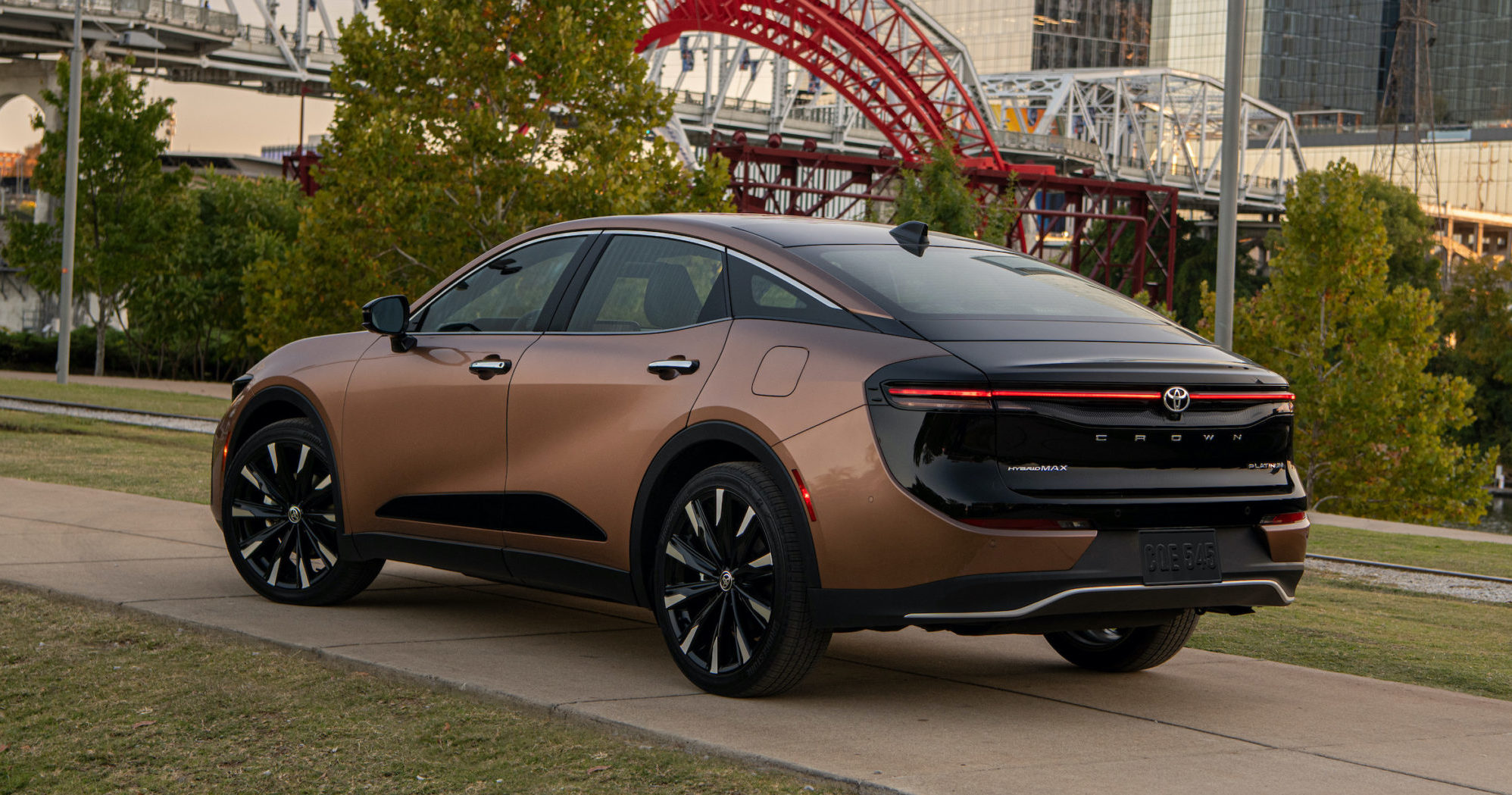
2023 Toyota Crown
The Crown also forms the basis for the Toyota Aristo, which was sold here as the Lexus GS until it was discontinued in 2020.
That is essentially where the new Crown fits in the combined Toyota-Lexus product lines, as a premium Toyota that comes in between other Toyota products and cars in the Lexus lineup. It starts at a similar price to the smaller Lexus ES, but is considerably less than the other Lexus sedan, the $105,000-plus LS. The Crown carries a starting price of $45,590 and tops out at $59,990.
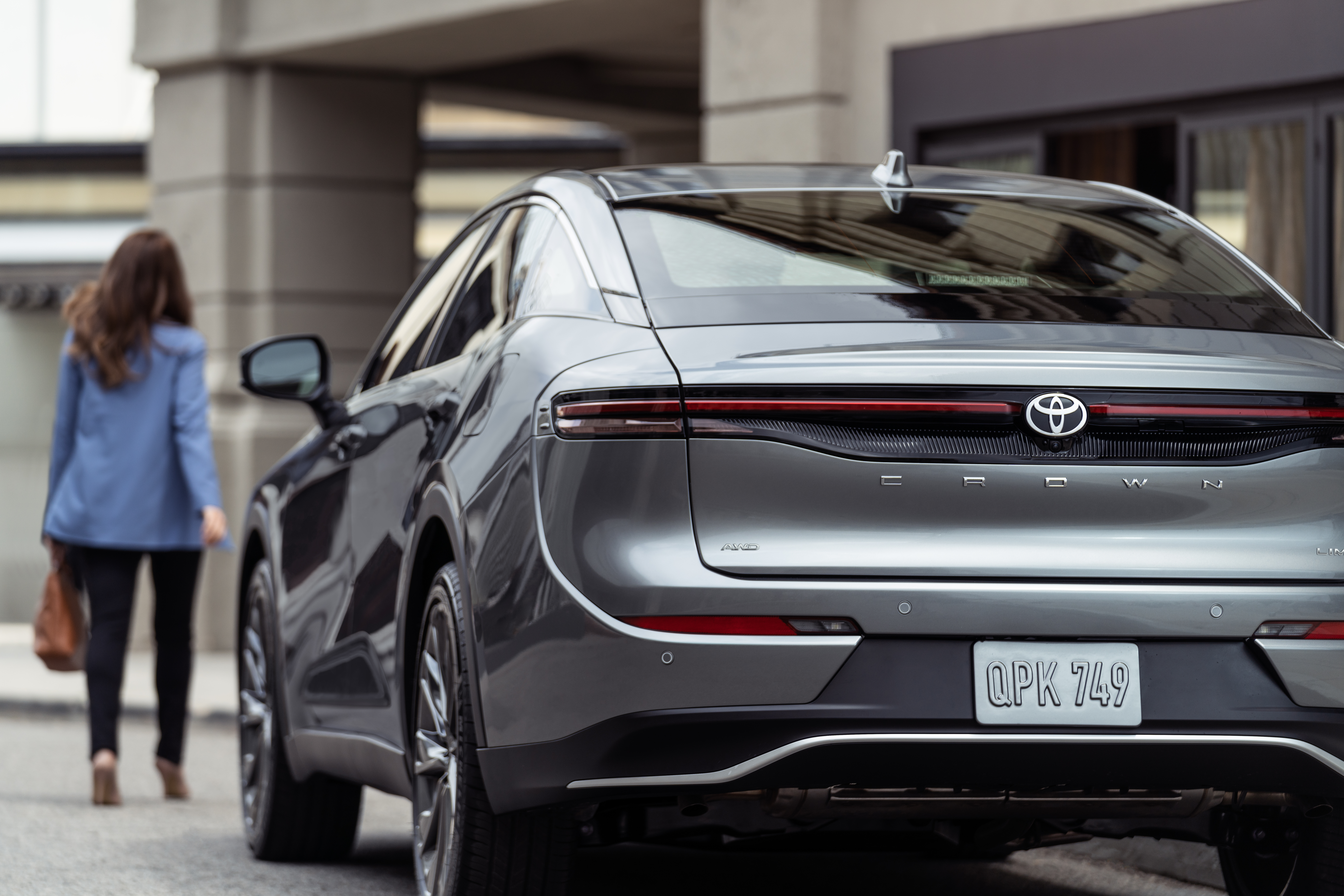
2023 Toyota Crown
Members of the Automobile Journalists’ Association of Canada were the first Canadians to drive the 2023 Crown at TestFest, AJAC’s annual members-only test driving event in October at Canadian Tire Motorsports Park.
Two powertrains are available, on LE and XLE models, a Toyota Hybrid System that pairs a 2.5-litre four-cylinder gas engine with front and rear electric motors for a combined 236 horsepower, and on the Platinum, a Hybrid MAX system that uses a turbocharged 2.4-litre four-cylinder engine and larger electric motors front and rear to provide an estimated 340 horsepower and 400 pound-feet of torque.
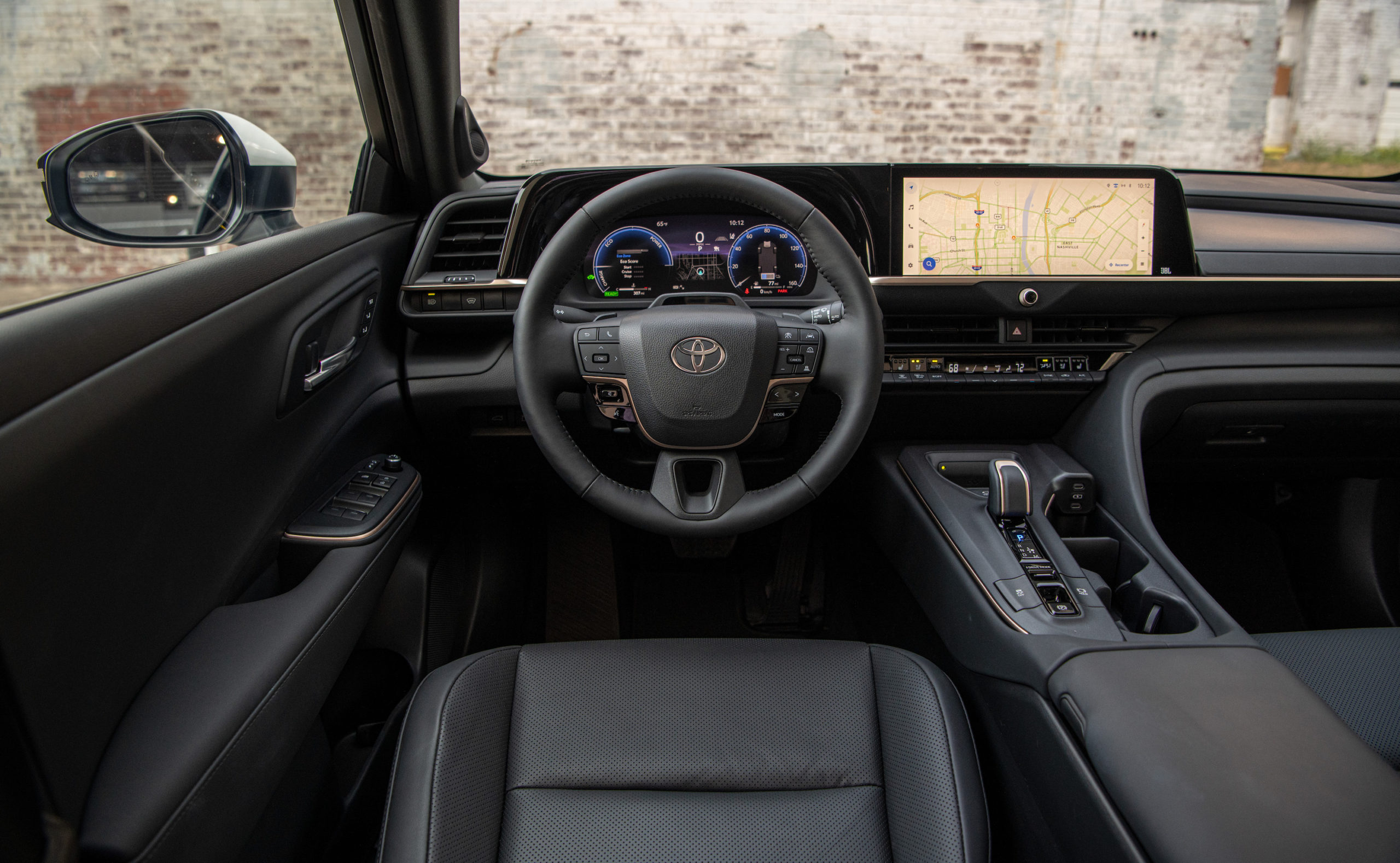
2023 Toyota Crown
The Toyota Hybrid System uses a planetary gearset continuously variable transmission, versions of which are on most Toyota hybrids, while the Hybrid MAX system gets a conventional six-speed automatic transmission.
The $59,900 Platinum is the model driven here, and it’s impressive. Powerful and torquey yet fuel efficient, the Hybrid MAX system is good for a stated 5.8 seconds 0-100 km/h. We didn’t have the opportunity to do time trials, but seat-of-the-pants testing suggests that 5.8 seconds is easily achievable.
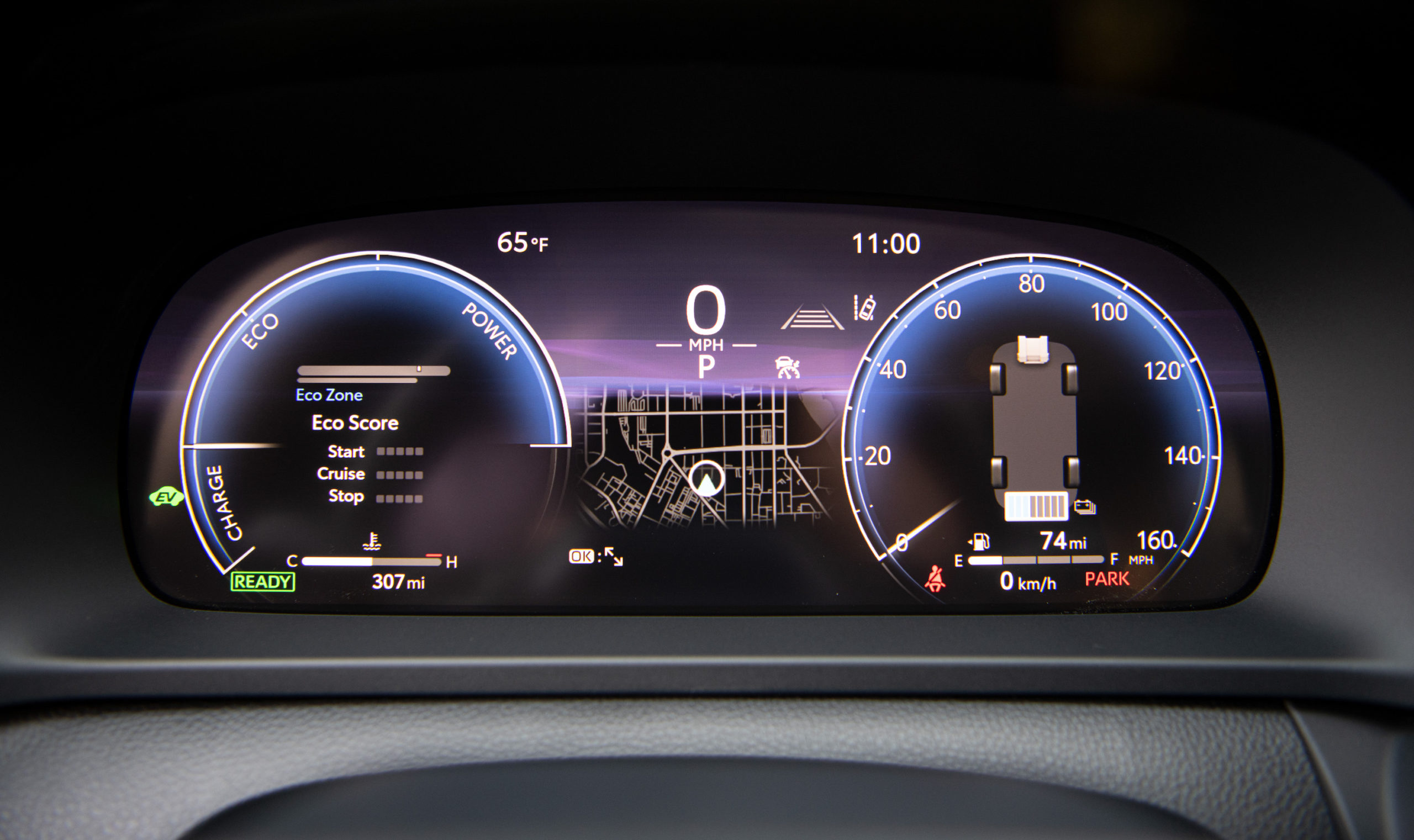
2023 Toyota Crown
The Platinum is rated for 8.1 litres per 100 km city, 7.3 highway and 7.8 combined. The LE and XLE have the miser of the two powertrains, rated for 5.6 L/100km city, 5.7 highway and 5.7 combined. Despite being a much larger car, those numbers aren’t significantly higher than those for the 2023 Corolla Hybrid AWD models (5.9/5.7/5.3).
All-wheel drive is standard, but systems vary between XLE and Limited and Platinum models: all use an electric motor driving the rear axle. The electronic on-demand system on XLE and Limited models applies power to the rear wheels when needed depending on driving conditions. The torque split is normally set at 100 per cent front, but can vary the split to as much as 20 per cent front and 80 per cent rear.
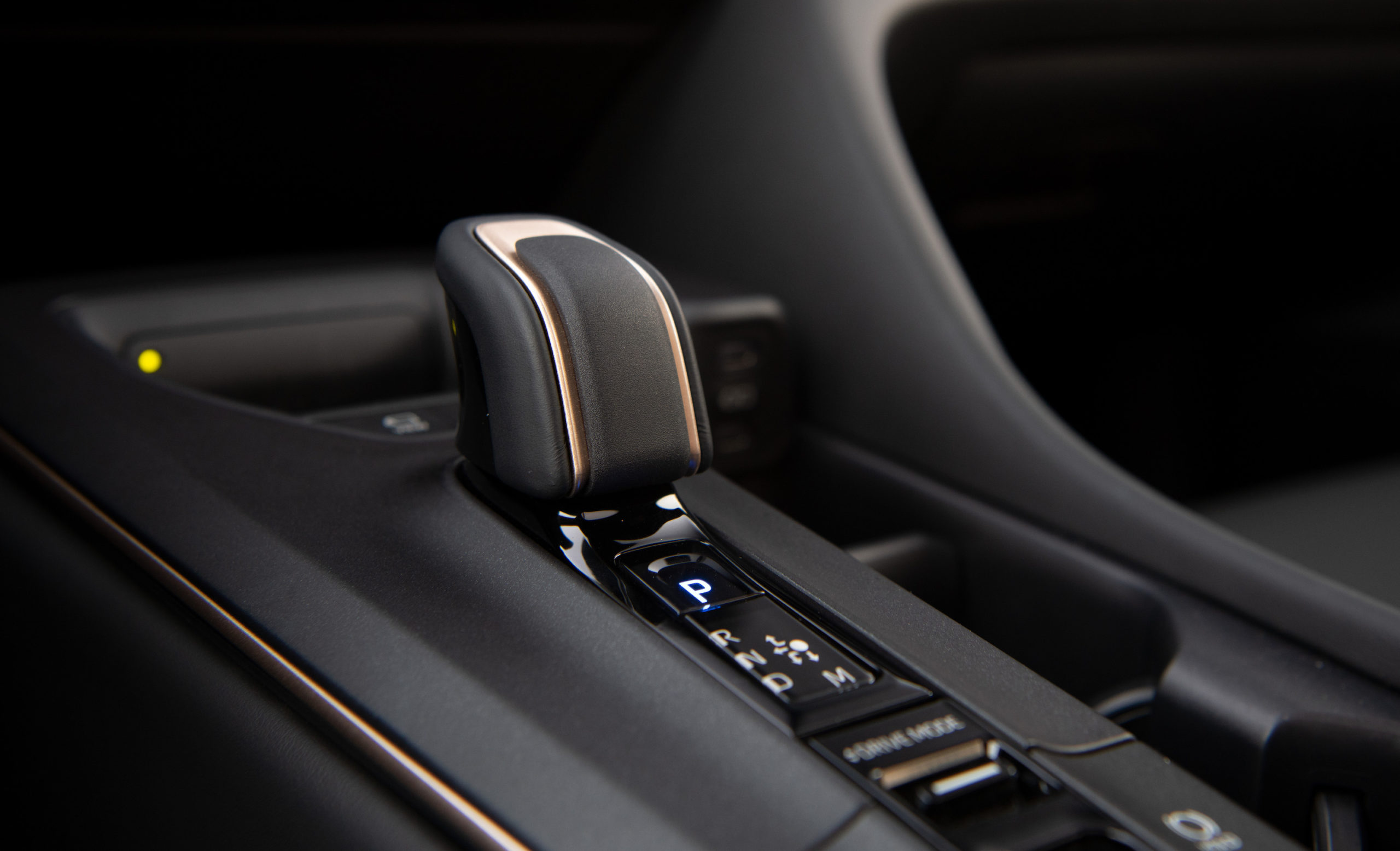
2023 Toyota Crown
On the Platinum, full-time electronic all-wheel drive employs what Toyota calls an e-axle to deliver a normal torque split of 70 per cent front, 30 per cent rear, but can also send as much as 80 per cent to the rear when needed.
The Crown rides on massive 19- or 21-inch wheels, and despite being a sedan, feels very crossover-like on entry, due to the height of the seat bottoms.
At 4,980 mm long, the Crown is nearly as long as a Sienna minivan, and that size is reflected in some spacious accommodations for occupants: it has more legroom than Sienna and nearly as much headroom. The trunk is decent at 439 litres of volume.
Read more: All-wheel drive adds pizzazz to Toyota’s Corolla Hybrid
It all translates into a convincing optical illusion. The Crown looks and feels much more substantial than the Camry. Part of that is the Crown being 95 mm taller than the Camry.
Those big wheels and its long wheelbase contribute to an impressive on-road ride. The MacPherson strut suspension up front and multi-link rear suspension soak up bumps nicely, yet turn-in is precise and body roll is well-controlled.
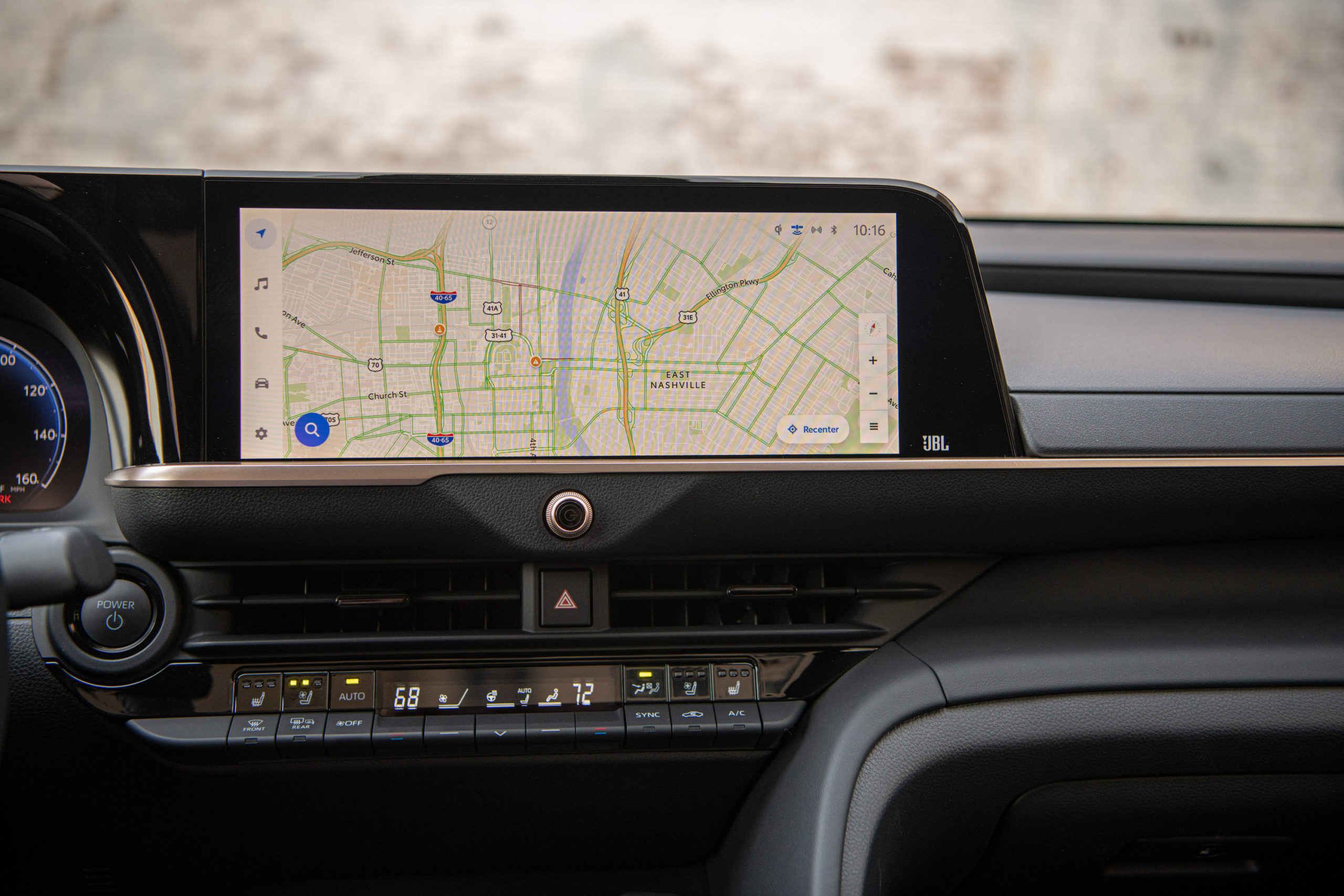
2023 Toyota Crown
Swing-valve shock absorbers dampen motion on the XLE and Limited grades, while Platinum comes standard with an adaptive variable suspension. Toyota says both are designed to limit head movement on rough terrain, and while we only drove the Platinum’s adaptive system, it works as advertised. The adaptive system varies the oil pressure within the shock absorbers, helping to control pitch.
Drive settings on the Platinum include normal, eco, sport, sport+, comfort and custom, adjusting the response of the adaptive suspension accordingly.
Also contributing to the handling is something Toyota calls active cornering assist, which engages the stability control system to reduce understeer in certain cornering situations. All we felt, particularly during a slalom, was enhanced agility: the system’s application was seamless.
The interior is upscale by typical Toyota standards, with high-end finishes, dual-zone climate control and heated seats front and rear as standard equipment. The XLE features a combination of woven fabric and Softex (a synthetic leather-like material), while the Limited and Platinum grades feature mixed leather seats.
It may have taken 57 years for Toyota to bring its flagship model back to Canada, but with the unlikely combination of power, prestige and penny-pinching powertrains, the Crown is poised to become the jewel in Toyota’s lineup.
